What Affects the Durability & Reliability of EWI?
EWI provides a thermal comfort layer to your property. For this to persist, the durability and reliability of the system is crucial. Therefore, it is also crucial to understand what factors affect an EWI system. After installation of the EWI system, it must face many external factors that cause erosion and other types of damage. The system is directly exposed to thermal effects, frost corrosion, wind effects, thermal deformation, biological corrosion, soiling of the entire or parts of the facade, static and dynamic deformation of the structure, and mechanical damage – operational or acts of vandalism.
EWI system installation
Correct installation will invariably play a part in the overall durability and reliability of the system. The durability of the EWI system is determined by various factors. These include the proper preparation of the substrate and its condition, correct execution, and ongoing maintenance.
The substrate must be smooth, clean, dry, and well-bonded. It must also be free of deposits, efflorescence, greasy stains, or other substances that impede adhesion. Additionally, the substrate must be even, and any unevenness greater than allowed by the system manufacturer must be compensated for by the thickness of the thermal insulation material, not by additional thicknesses of the adhesive mortar. It is also essential that the substrate, apart from the proper levelling and preparation, must be static and load-bearing.
The EWI system attached to such a substrate must be well bonded to the substrate using an adhesive mortar. Mechanical fixings are also recommended. Therefore, it is worth having a professional verification of the strength of such a substrate for tearing and the strength of mounting connectors in such a substrate, especially in the case of existing objects.
The proper execution stage is another element that affects durability. In this case, it is essential to strictly follow the technological regime including gaps between work. Also, be mindful to carry out work in suitable weather conditions. Such requirements are always presented by the manufacturer of a given EWI system.
The final factor determining durability is the proper operation of the system. Therefore, carrying out mandatory annual inspections of the technical condition of the facade is crucial. Failure to carry out minor repairs during the use of the object may result in its operational durability and properties.
Factors affecting durability and reliability
Thermal effects
Thermal effects refer to the impact of temperature changes on a material or structure. Fluctuating temperatures can cause expansion and contraction, which can lead to fatigue, cracking, and reduced overall durability. Materials with low thermal conductivity or high coefficients of thermal expansion are more susceptible to thermal stress, potentially reducing their reliability over time.
Frost corrosion
Frost corrosion is a phenomenon where freezing temperatures cause moisture to seep into the pores of materials, such as concrete or metals. Upon freezing, the water expands, creating internal stress within the material. This can cause cracks and corrosion, ultimately leading to a decline in structural integrity and durability.
Wind effects
Wind effects on structures and materials include the forces exerted by gusts and sustained winds, as well as vibration and buffeting. These forces can cause stress on connections, joints, and the overall structure, leading to fatigue and damage over time. Sustained exposure to wind can also lead to corrosion, especially in coastal areas where salt-laden air contributes to the deterioration of materials.
Thermal deformation
Thermal deformation is the distortion or warping of a material due to changes in temperature. It occurs when different parts of a structure or material expand or contract at different rates, creating stress and causing permanent deformation. This can result in a reduction in the material’s strength and overall reliability, and in severe cases, can lead to structural failure.
Biological corrosion
Biological corrosion refers to the degradation of materials caused by the growth of microorganisms, such as bacteria, fungi, or algae. These organisms can produce acids or enzymes that break down materials, leading to corrosion and weakening of the structure. This type of corrosion is particularly prevalent in warm, humid environments and can significantly impact the durability and reliability of materials. Nano Drex Silicone Render and Premium Bio Silicone Render are specially designed to actively resist and break down biological growth. Nano Drex particles are additives that affect the chemical and biological formation of microorganisms, preventing them from settling.
Soiling
Soiling refers to the accumulation of dirt, dust, and other contaminants on a material or structure. It can be either partial or total; the most frequent occurrence of soiling or staining is on the building plinth as water and dirt can splash back from the floor. These substances can cause physical and chemical changes to the surface, reducing its resistance to wear, corrosion, and other forms of damage. Soiling can also impact the performance of certain materials, such as solar panels, by reducing their efficiency and shortening their lifespan.
Static and dynamic deformation
Static deformation refers to the change in shape or size of a material or structure under constant load, while dynamic deformation refers to changes that occur as a result of fluctuating loads, such as those from wind, earthquakes, or vibrations. Both types of deformation can lead to fatigue, cracking, and a reduction in the material’s strength and reliability over time.
Mechanical damage
Mechanical damage encompasses any physical damage caused to a material or structure by external forces or impacts. This can include scratches, dents, gouges, and abrasions, as well as more significant damage from accidents or extreme weather events. Mechanical damage can weaken materials, reducing their durability and reliability, and making them more susceptible to other forms of degradation.
-
Frost corrosion -
-
Soiling
How EWI Store products enhance durability & reliability
EWI system products will inherently have some compressive strength. However, certain products have enhanced capabilities when it comes to durability. For example, Kingspan K5 insulation boards have much higher compressive strength. As such, they are far more suitable for areas that may be susceptible to some form of mechanical impact. This may include narrow passages and most urban areas. Silicone render is innately strengthened by the presence of silicone fibres. Therefore, it can resist mechanical impact, vandalism, or accidental and incidental impact. This includes something minor like a ball being kicked against the wall. EWI systems also include Fibreglass Mesh which strengthens the system.
-
Silicone Render (EWI-075) – 25KG
Rated 4.83 out of 5From £83.99 Incl. VATFrom £69.99 Excl. VAT -
Kingspan Kooltherm K5 External Wall Board (0.72m²)
Rated 4.67 out of 5From £11.99 Incl. VATFrom £9.99 Excl. VAT -
Orange Fibreglass Mesh – 50m²
Rated 5.00 out of 5£59.88 Incl. VAT£49.90 Excl. VAT
Facebook
Twitter
LinkedIn
Your cart
Trade Account Login

We use cookies on our website to give you the most relevant experience by remembering your preferences and repeat visits. By clicking “Accept All”, you consent to the use of ALL the cookies. However, you may visit "Cookie Settings" to provide personalised consent.
Manage consent
Privacy Overview
This website uses cookies to improve your experience while you navigate through the website. Out of these, the cookies that are categorized as necessary are stored on your browser as they are essential for the working of basic functionalities of the website. We also use third-party cookies that help us analyze and understand how you use this website. These cookies will be stored in your browser only with your consent. You also have the option to opt-out of these cookies. But opting out of some of these cookies may affect your browsing experience.
Necessary cookies are absolutely essential for the website to function properly. These cookies ensure basic functionalities and security features of the website, anonymously.
| Cookie | Duration | Description |
|---|---|---|
| __stripe_mid | 1 year | This cookie is set by Stripe payment gateway. This cookie is used to enable payment on the website without storing any patment information on a server. |
| __stripe_sid | 30 minutes | This cookie is set by Stripe payment gateway. This cookie is used to enable payment on the website without storing any patment information on a server. |
| _GRECAPTCHA | 5 months 27 days | This cookie is set by the Google recaptcha service to identify bots to protect the website against malicious spam attacks. |
| apbct_cookies_test | session | CleanTalk sets this cookie to prevent spam on comments and forms and act as a complete anti-spam solution and firewall for the site. |
| apbct_page_hits | session | CleanTalk sets this cookie to prevent spam on comments and forms and act as a complete anti-spam solution and firewall for the site. |
| apbct_prev_referer | session | Functional cookie placed by CleanTalk Spam Protect to store referring IDs and prevent unauthorized spam from being sent from the website. |
| apbct_site_landing_ts | session | CleanTalk sets this cookie to prevent spam on comments and forms and act as a complete anti-spam solution and firewall for the site. |
| apbct_site_referer | 3 days | This cookie is placed by CleanTalk Spam Protect to prevent spam and to store the referrer page address which led the user to the website. |
| apbct_timestamp | session | CleanTalk sets this cookie to prevent spam on comments and forms and act as a complete anti-spam solution and firewall for the site. |
| apbct_urls | 3 days | This cookie is placed by CleanTalk Spam Protect to prevent spam and to store the addresses (urls) visited on the website. |
| AWSALBCORS | 7 days | This cookie is managed by Amazon Web Services and is used for load balancing. |
| cookielawinfo-checkbox-advertisement | 1 year | Set by the GDPR Cookie Consent plugin, this cookie is used to record the user consent for the cookies in the "Advertisement" category . |
| cookielawinfo-checkbox-analytics | 11 months | This cookie is set by GDPR Cookie Consent plugin. The cookie is used to store the user consent for the cookies in the category "Analytics". |
| cookielawinfo-checkbox-functional | 11 months | The cookie is set by GDPR cookie consent to record the user consent for the cookies in the category "Functional". |
| cookielawinfo-checkbox-necessary | 11 months | This cookie is set by GDPR Cookie Consent plugin. The cookies is used to store the user consent for the cookies in the category "Necessary". |
| cookielawinfo-checkbox-others | 11 months | This cookie is set by GDPR Cookie Consent plugin. The cookie is used to store the user consent for the cookies in the category "Other. |
| cookielawinfo-checkbox-performance | 11 months | This cookie is set by GDPR Cookie Consent plugin. The cookie is used to store the user consent for the cookies in the category "Performance". |
| ct_checkjs | session | CleanTalk–Used to prevent spam on our comments and forms and acts as a complete anti-spam solution and firewall for this site. |
| ct_fkp_timestamp | session | CleanTalk sets this cookie to prevent spam on the site's comments/forms, and to act as a complete anti-spam solution and firewall for the site. |
| ct_pointer_data | session | CleanTalk sets this cookie to prevent spam on the site's comments/forms, and to act as a complete anti-spam solution and firewall for the site. |
| ct_ps_timestamp | session | CleanTalk sets this cookie to prevent spam on the site's comments/forms, and to act as a complete anti-spam solution and firewall for the site. |
| ct_sfw_pass_key | 1 month | CleanTalk sets this cookie to prevent spam on comments and forms and act as a complete anti-spam solution and firewall for the site. |
| ct_timezone | session | CleanTalk–Used to prevent spam on our comments and forms and acts as a complete anti-spam solution and firewall for this site. |
| elementor | never | This cookie is used by the website's WordPress theme. It allows the website owner to implement or change the website's content in real-time. |
| viewed_cookie_policy | 11 months | The cookie is set by the GDPR Cookie Consent plugin and is used to store whether or not user has consented to the use of cookies. It does not store any personal data. |
Functional cookies help to perform certain functionalities like sharing the content of the website on social media platforms, collect feedbacks, and other third-party features.
| Cookie | Duration | Description |
|---|---|---|
| __zlcmid | 1 year | This cookie is used by Zendesk live chat and is used to store the live chat ID. |
| bcookie | 2 years | LinkedIn sets this cookie from LinkedIn share buttons and ad tags to recognize browser ID. |
| bscookie | 2 years | LinkedIn sets this cookie to store performed actions on the website. |
| lang | session | LinkedIn sets this cookie to remember a user's language setting. |
| lidc | 1 day | LinkedIn sets the lidc cookie to facilitate data center selection. |
| UserMatchHistory | 1 month | LinkedIn sets this cookie for LinkedIn Ads ID syncing. |
Performance cookies are used to understand and analyze the key performance indexes of the website which helps in delivering a better user experience for the visitors.
| Cookie | Duration | Description |
|---|---|---|
| __utma | 2 years | This cookie is set by Google Analytics and is used to distinguish users and sessions. The cookie is created when the JavaScript library executes and there are no existing __utma cookies. The cookie is updated every time data is sent to Google Analytics. |
| __utmb | 30 minutes | Google Analytics sets this cookie, to determine new sessions/visits. __utmb cookie is created when the JavaScript library executes and there are no existing __utma cookies. It is updated every time data is sent to Google Analytics. |
| __utmc | session | The cookie is set by Google Analytics and is deleted when the user closes the browser. It is used to enable interoperability with urchin.js, which is an older version of Google Analytics and is used in conjunction with the __utmb cookie to determine new sessions/visits. |
| __utmt | 10 minutes | Google Analytics sets this cookie to inhibit request rate. |
| __utmv | 2 years | The __utmv cookie is set on the user's device, to enable Google Analytics to classify the visitor. |
| __utmz | 6 months | Google Analytics sets this cookie to store the traffic source or campaign by which the visitor reached the site. |
| sib_cuid | 6 months | Purechat uses this cookie to send data to purechat.com, to connect visitors to the reservation team and track visitors to stay on portal. |
| SRM_B | 1 year 24 days | Used by Microsoft Advertising as a unique ID for visitors. |
Analytical cookies are used to understand how visitors interact with the website. These cookies help provide information on metrics the number of visitors, bounce rate, traffic source, etc.
| Cookie | Duration | Description |
|---|---|---|
| _ga | 2 years | The _ga cookie, installed by Google Analytics, calculates visitor, session and campaign data and also keeps track of site usage for the site's analytics report. The cookie stores information anonymously and assigns a randomly generated number to recognize unique visitors. |
| _gat_gtag_UA_61069204_2 | 1 minute | Set by Google to distinguish users. |
| _gat_UA-61069204-2 | 1 minute | A variation of the _gat cookie set by Google Analytics and Google Tag Manager to allow website owners to track visitor behaviour and measure site performance. The pattern element in the name contains the unique identity number of the account or website it relates to. |
| _gcl_au | 3 months | Provided by Google Tag Manager to experiment advertisement efficiency of websites using their services. |
| _gid | 1 day | Installed by Google Analytics, _gid cookie stores information on how visitors use a website, while also creating an analytics report of the website's performance. Some of the data that are collected include the number of visitors, their source, and the pages they visit anonymously. |
| _uetsid | 1 day | This cookies are used to collect analytical information about how visitors use the website. This information is used to compile report and improve site. |
| CONSENT | 2 years | YouTube sets this cookie via embedded youtube-videos and registers anonymous statistical data. |
Advertisement cookies are used to provide visitors with relevant ads and marketing campaigns. These cookies track visitors across websites and collect information to provide customized ads.
| Cookie | Duration | Description |
|---|---|---|
| _fbp | 3 months | This cookie is set by Facebook to display advertisements when either on Facebook or on a digital platform powered by Facebook advertising, after visiting the website. |
| ANONCHK | 10 minutes | The ANONCHK cookie, set by Bing, is used to store a user's session ID and also verify the clicks from ads on the Bing search engine. The cookie helps in reporting and personalization as well. |
| fr | 3 months | Facebook sets this cookie to show relevant advertisements to users by tracking user behaviour across the web, on sites that have Facebook pixel or Facebook social plugin. |
| MUID | 1 year 24 days | Bing sets this cookie to recognize unique web browsers visiting Microsoft sites. This cookie is used for advertising, site analytics, and other operations. |
| NID | 6 months | NID cookie, set by Google, is used for advertising purposes; to limit the number of times the user sees an ad, to mute unwanted ads, and to measure the effectiveness of ads. |
| test_cookie | 15 minutes | The test_cookie is set by doubleclick.net and is used to determine if the user's browser supports cookies. |
| uuid | 6 months | MediaMath sets this cookie to avoid the same ads from being shown repeatedly and for relevant advertising. |
| VISITOR_INFO1_LIVE | 5 months 27 days | A cookie set by YouTube to measure bandwidth that determines whether the user gets the new or old player interface. |
| YSC | session | YSC cookie is set by Youtube and is used to track the views of embedded videos on Youtube pages. |
| yt-remote-connected-devices | never | YouTube sets this cookie to store the video preferences of the user using embedded YouTube video. |
| yt-remote-device-id | never | YouTube sets this cookie to store the video preferences of the user using embedded YouTube video. |
| yt.innertube::nextId | never | This cookie, set by YouTube, registers a unique ID to store data on what videos from YouTube the user has seen. |
| yt.innertube::requests | never | This cookie, set by YouTube, registers a unique ID to store data on what videos from YouTube the user has seen. |
Other uncategorized cookies are those that are being analyzed and have not been classified into a category as yet.
| Cookie | Duration | Description |
|---|---|---|
| _clck | 1 year | No description |
| _clsk | 1 day | No description |
| _uetvid | 1 year 24 days | No description available. |
| AnalyticsSyncHistory | 1 month | No description |
| apbct_pixel_url | session | No description |
| apbct_visible_fields_0 | session | No description |
| apbct_visible_fields_1 | session | No description |
| apbct_visible_fields_10 | session | No description |
| apbct_visible_fields_2 | session | No description |
| apbct_visible_fields_3 | session | No description |
| apbct_visible_fields_4 | session | No description |
| apbct_visible_fields_5 | session | No description |
| apbct_visible_fields_6 | session | No description |
| apbct_visible_fields_7 | session | No description |
| apbct_visible_fields_8 | session | No description |
| apbct_visible_fields_9 | session | No description |
| ct_checked_emails | session | No description |
| ct_has_scrolled | session | No description |
| ct_mouse_moved | session | No description |
| ct_screen_info | session | No description |
| ictf_master | never | No description available. |
| li_gc | 2 years | No description |
| m | 2 years | No description available. |
| SM | session | No description available. |
| testinfinitycookie | session | No description |
| woocommerce_show_tax | 7 days | No description available. |
| wp_woocommerce_session_c5ac76b408021294cb56bcc27eddf8a1 | 2 days | No description |


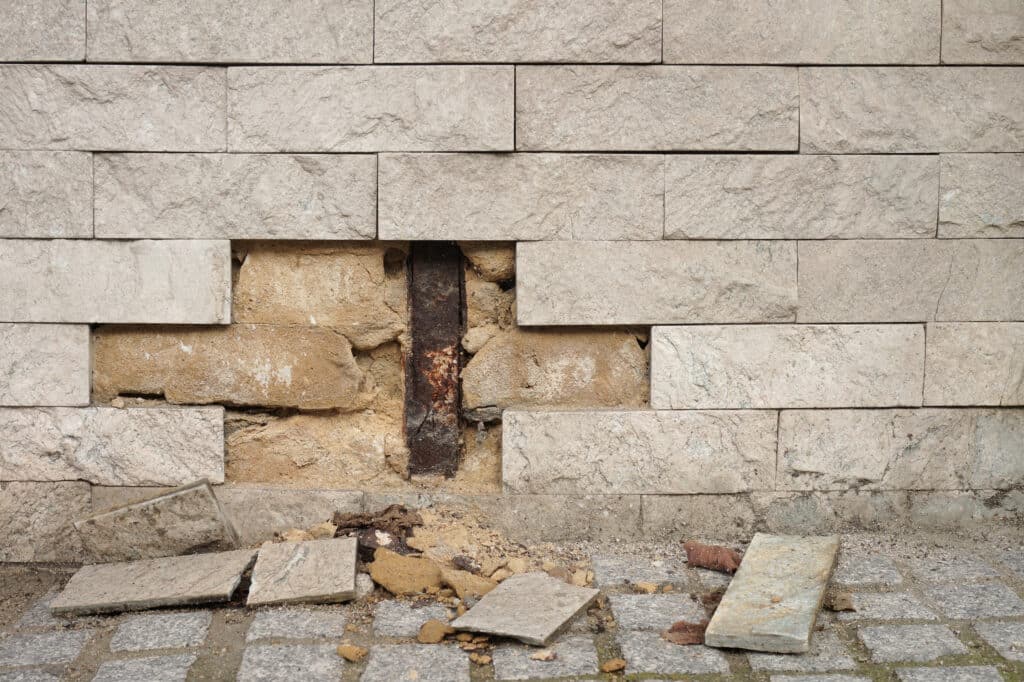
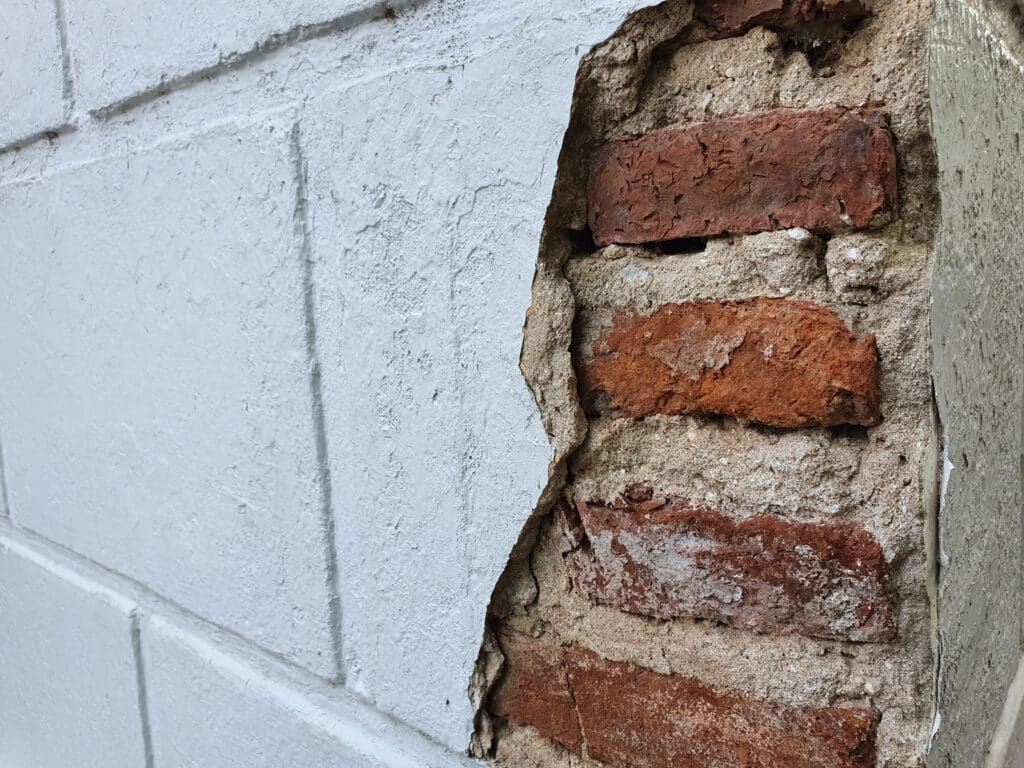
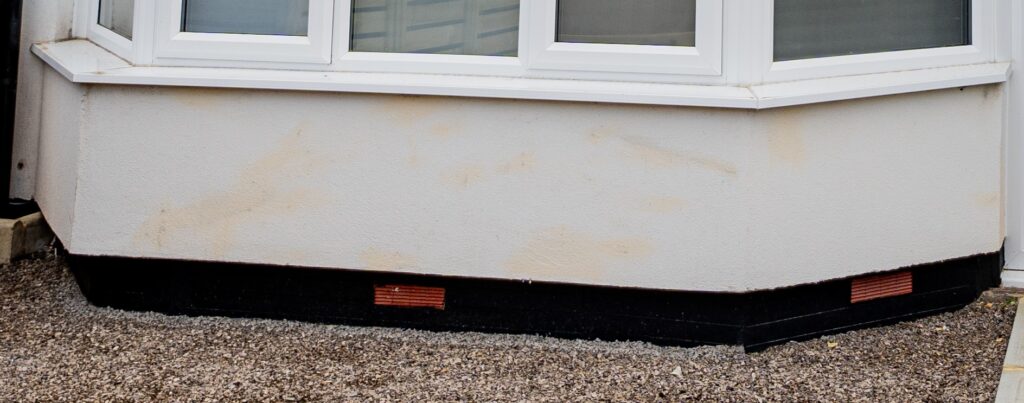
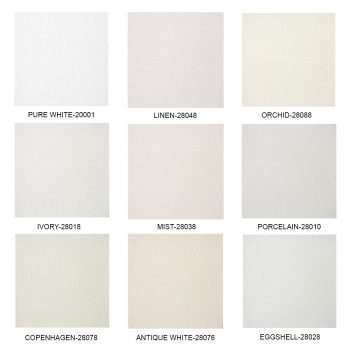
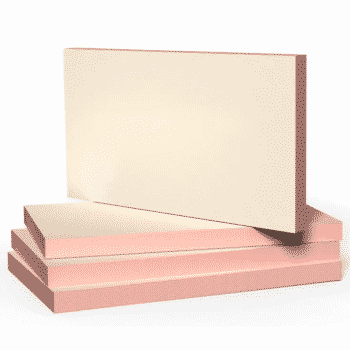
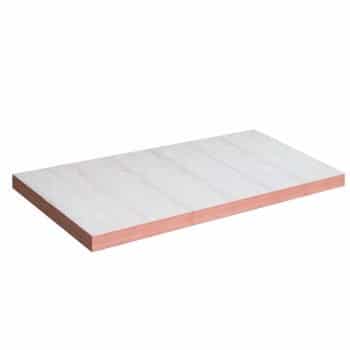
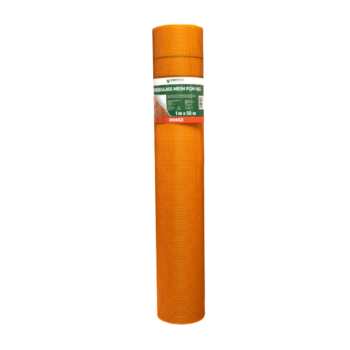
2 thoughts on “What Affects the Durability & Reliability of EWI?”
How much difference does mesh actually make?
Hi Ish, it’s crucial in any EWI system; we’ve done extensive testing to show that systems with our basecoats, renders, and fibreglass mesh can be three times are more durable than regular ETICS systems.